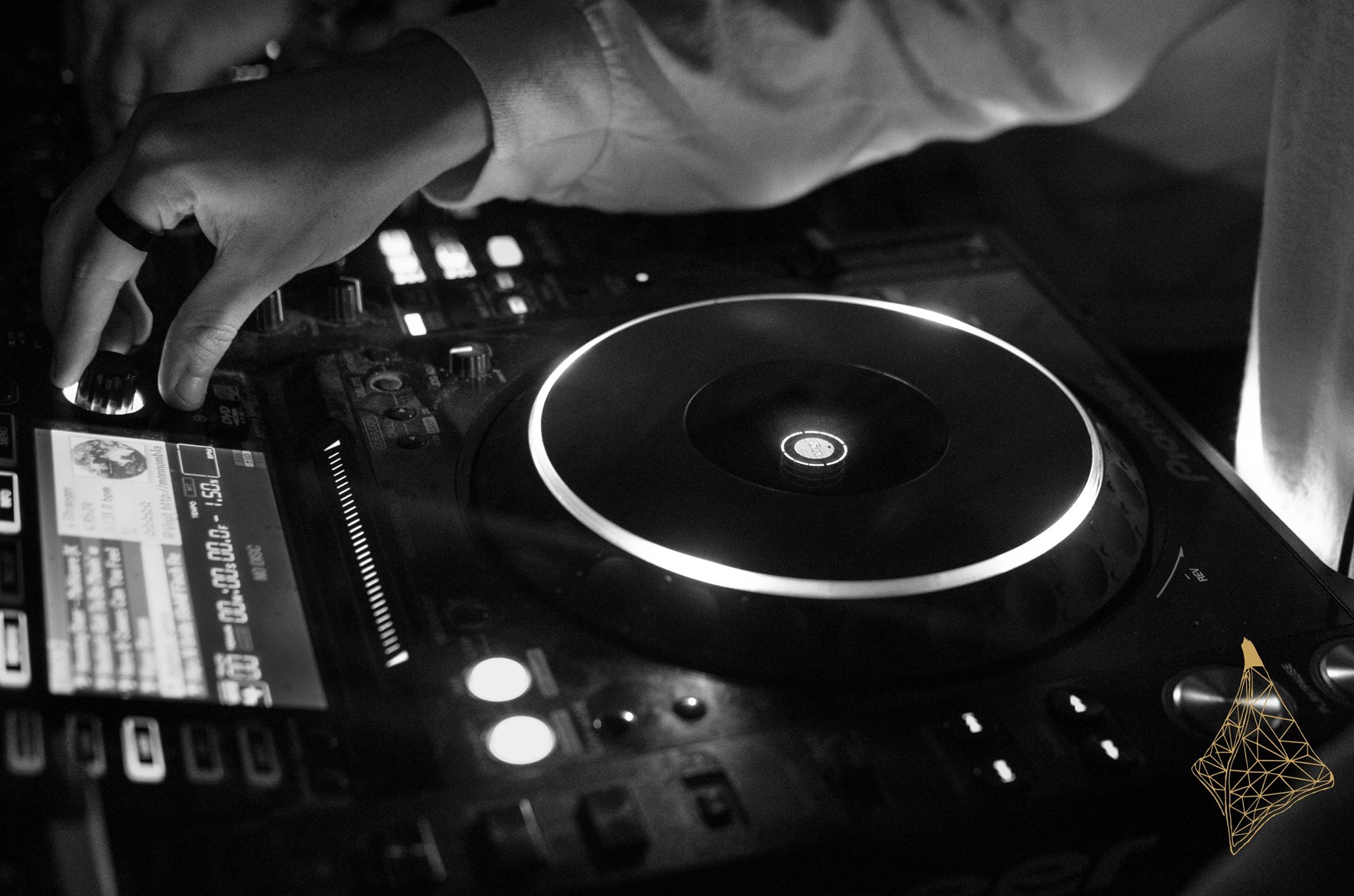Despite most creative angles of clubbing, nightlife and events being openly appreciated, one aspect that gets somewhat unfairly overlooked is the aesthetic of clubbing, generated by numerous designers and photographers. Here in Ireland, the number of young people involved creatively in the nightlife industry has never been higher, with an abundance of talent in all forms on display on a weekly basis.
It was fitting then to get in touch with two of the city’s best young designers and photographers and let them chime in on why they do what they do and the effect it has on clubbing. We then invited former Boiler Room designer, Caterina Bianchini, to weigh in, given her storied catalog of work, on how she maintains her own style on such a large platform.
Maely Lim is a 19 year old photographer that mostly employs her trade at the bi-weekly Tea Party night in Wah Wah club, she expands on how she approaches club photography and how she translates the energy on the night through images;
If you have an event and you put all this work into it, it gets people interested. People are going to pick stuff like that over things that people have mocked up a shit poster for saying: ‘this is on, this is happening’. If there’s a festival on and they have loads of interactive media, a certain part of that is going to make people want to go whether you’re into the acts or not. Personally, that’d make me want to go but maybe that’s because I’m a designer myself!
A lot of it is about what’s on trend at the moment. For example, stuff that’s done in the style of old rave flyers, people are into that at the moment, that’s well received. It’s about keeping an eye on trends rather than putting out plain, old, simple things.
If you’re designing for a certain type of music, you have to listen to that type of music. You have to know what the crowd is about, what the act is like. If I’m designing a poster for a minimal techno act, the artwork’s going to be really minimal, real low key. But if the act is really heavy like AnD, it’s going to have pictures of war scenes and bombs going off, it’s just about what kind of music it is and being able to translate the music into imagery.’
It has to be something that catches people’s eye when their mate has clicked “attending” on Facebook. As a designer, I am always drawn to things because of their visual aesthetic and then I read who is playing afterwards. People like Tessellate and Lekker get it really right I think. A poster marks the event, it creates something that can become historic. Almost like going on a mental night you have been looking forward too and recording a video so you remember the moment that euphoric 5am banger was played, and you keep it forever. A poster can also be kept forever. It’s like a record of that night happening at that time and in that venue with those DJs you will (maybe) tell your kids about!’

